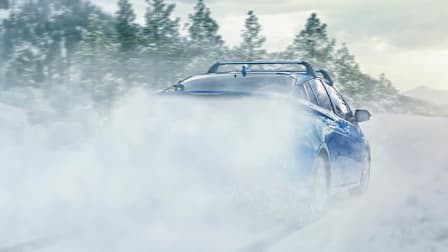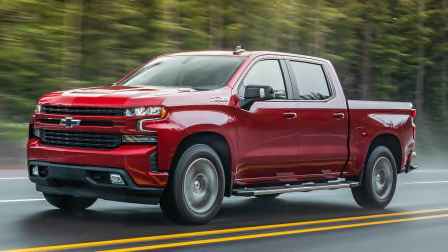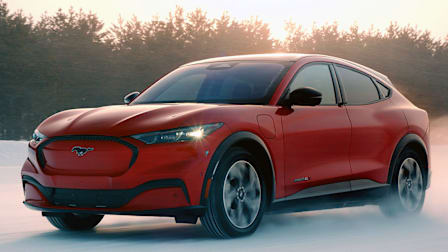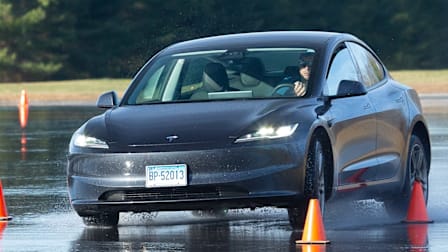Be Prepared With a Winter Car Emergency Kit
Check out the features before buying one, and don’t shy away from adding to it
When you shop through retailer links on our site, we may earn affiliate commissions. 100% of the fees we collect are used to support our nonprofit mission. Learn more.
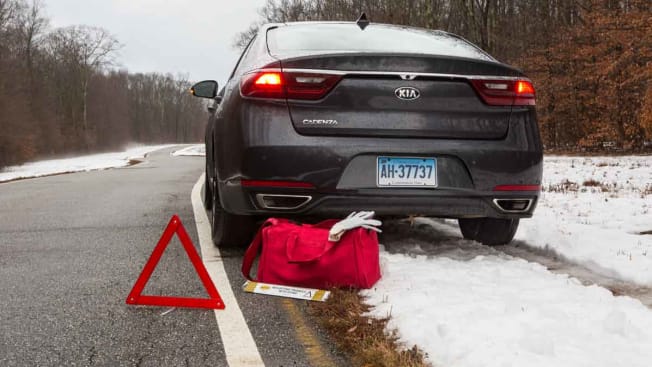
Everyone who drives in winter weather should have an emergency kit in their car. That’s because snow, sleet, and frozen road surfaces could leave you stranded. Having a well-stocked emergency kit can help you get back on the road, or at least make the time you spend waiting for assistance safer and more comfortable. The National Weather Service has a list of essential gear on its website.
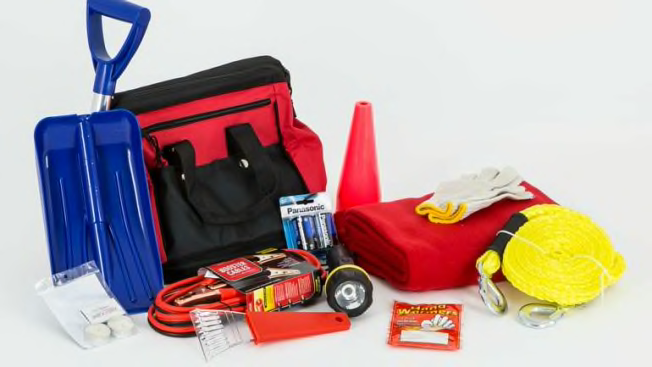
Photo: John Powers/Consumer Reports Photo: John Powers/Consumer Reports
Winter Emergency Kit Items
A good winter car emergency kit typically includes:
Ice scraper. Every car in the snow belt should have an ice scraper and a brush. Inexpensive scrapers are commonly found in the kits. It is better to carry a combination snow brush/scraper that makes clearing snow before traveling easier. In some states, clearing your car of all snow (not just from the windshield and side windows) is the law. Even where it’s not, it’s just common courtesy so that snow blowing off of your car doesn’t obscure another driver’s vision.
Portable shovel. These are handy for digging out a car that’s stuck in the snow, and for clearing space around a tailpipe for extended idling, to prevent fumes from entering the car. Most good winter emergency kits come with a collapsible shovel. The shovels come in a range of sizes and strengths. If you’ve ever had to dig out your car with a compact shovel, you know that a full-sized shovel might be in order because smaller shovels can be difficult to use on big jobs.
Other common items. Things such as gloves, a blanket, a rain poncho, wipes, and rags can help you stay clean and shield you from the elements. It’s a good idea to keep a pair of boots and a hat in the car, particularly if you’re often driving in snowy conditions.
Tire chains or traction boards. If you’re going to be driving in an area that frequently gets heavy snow, see what you can use on your car to improve traction if road conditions deteriorate. Remember: All-wheel drive doesn’t mean all-wheel stop. When the road is slippery, there’s always a risk of getting stuck.
Need New Tires for Winter Driving?
Check our car, SUV, and truck tire ratings.
Basic Car Safety Equipment
Some kits also come with these items, which can come in handy regardless of the weather:
Tow strap. A simple tool, a strap can be essential if you ever need to be pulled out of a ditch. Before using a towing strap, be sure you know how much weight the strap can tow (reputable straps have that information printed on a label) and how to tether it to the appropriate part of a car. Read your car’s owner’s manual for recommended practices when using a tow strap, such as how to use it with a detachable tow hook.
Battery booster cables. You’ll want these in case you wind up with a dead battery or you need to help someone else with a dead battery. Alternatively, a portable jump starter is very easy to use and works well, but it needs to be kept charged to work on the road.
Fire extinguisher. It’s good to have if you need to fight a small fire, but if your car is on fire, back off and wait for the emergency help. If you buy an extinguisher, make sure it is intended for automotive use.
Water and nonperishable food. They’re always good things to carry, particularly on long trips. Think granola and protein bars; bottled water will usually last for six months before it needs to be replaced.
Items for handling a flat tire. Some kits come with an aerosol can of tire sealant that can temporarily fix a tread puncture. Be aware that these products may not work well in extreme cold weather (check the directions), nor are they intended for large punctures or tires with sidewall damage. Always use a spare tire if one is available, or call roadside assistance for a tow.
Combination tool. Many kits also include a combination window punch and seat belt cutter tool. The window punch can help you escape from a car with power windows that no longer work because the battery is dead or the car is submerged.
Items to help if you’re stranded. Most kits come with a flashlight, and some include a signaling cone, reflective triangles, or flares to warn oncoming cars of your presence. Pack backup batteries for your flashlight. A headlight and a reflective safety vest are also a good idea, especially if you have to change a flat tire after dark.
Basic first-aid kit. Most emergency kits have one for the bare essentials, such as attending to a small cut. Add things that suit specific health needs, and be aware of how temperature may affect medicines.
Phone charger. A phone charger is a good thing to keep in the car, especially during the winter and on road trips. Better yet, keep a charged portable power supply in your emergency kit. Get a car-specific one with a wide temperature operating range. Some can also jump-start a car and/or include a built-in light.
More on the Best Tires
Good tires are important for keeping you and your family safe. Check these articles to find the best tires for your vehicle:
• Best Tire Brands
• Best Tire Values
• Best Car Tires
• Best SUV/Truck Tires
• Best All-Season Tires
• Best Winter/Snow Tires
• Most and Least Satisfying Tire Retailers

















